By Amit Roy
SINCE black holes are in the news, it is worth pointing out that the first person to conceive of them was an Indian young man of 19 on the sea journey from Bombay to the UK in 1930.
Subrahmanyan Chandrasekhar was on his way to take up a place as a postgraduate student at Trinity College, Cambridge.
I mention Chandra’s discovery because the Nobel Prize for Physics this year has been shared by three people, including Roger Penrose of Oxford University, for their work on black holes.
I was told of Chandra in 2005 by Arthur I Miller, professor of the History and Philosophy of Science at University College London, when I interviewed him about his book, Empire of the Stars: Friendship, Obsession and Betrayal in the Quest for Black Holes.
The way Chandra was treated by the brilliant Cambridge astro-physicist, Sir Arthur Stanley Eddington, was very cruel.
Eddington urged Chandra to reveal his thoughts on black holes at a meeting of the Royal Astronomical Society in London, but then tore him apart and humiliated him after he had done so. Eddington and others were convinced that all stars either blew themselves into smithereens or shrank until they became dense, “white dwarfs”, small but solid.
Chandra’s radical notion was that a massive dying star “kept on collapsing and collapsing and collapsing” into a black hole which sucked in light and time and everything around it so that nothing could escape. It was rather like bath water disappearing down a plug hole.
It took Chandra many years to recover his confidence after Eddington’s mauling. He made a new life in Chicago and was awarded the Physics Nobel Prize in 1983.
Miller told me that on black holes, Chandra was proved right and Eddington wrong, but it took 40 years for this to happen.





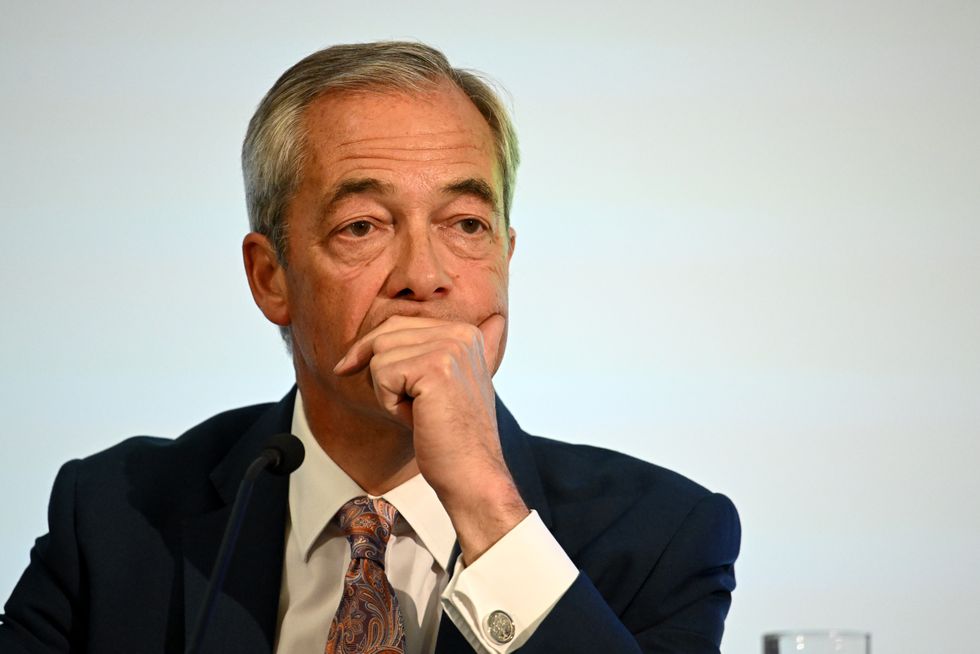 Nigel Farage
Nigel Farage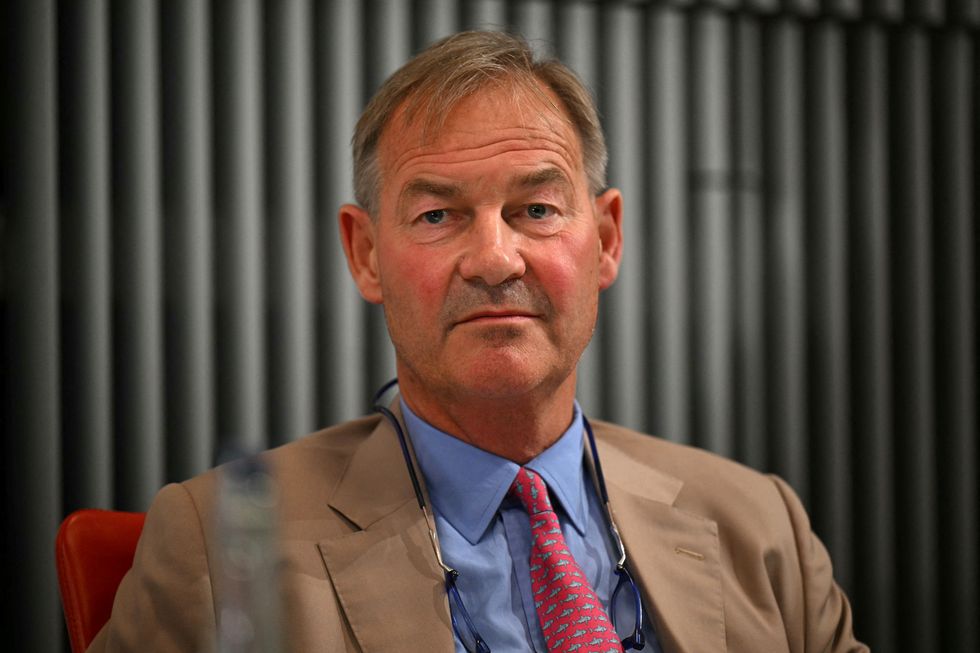 Rupert LoweGetty Images
Rupert LoweGetty Images











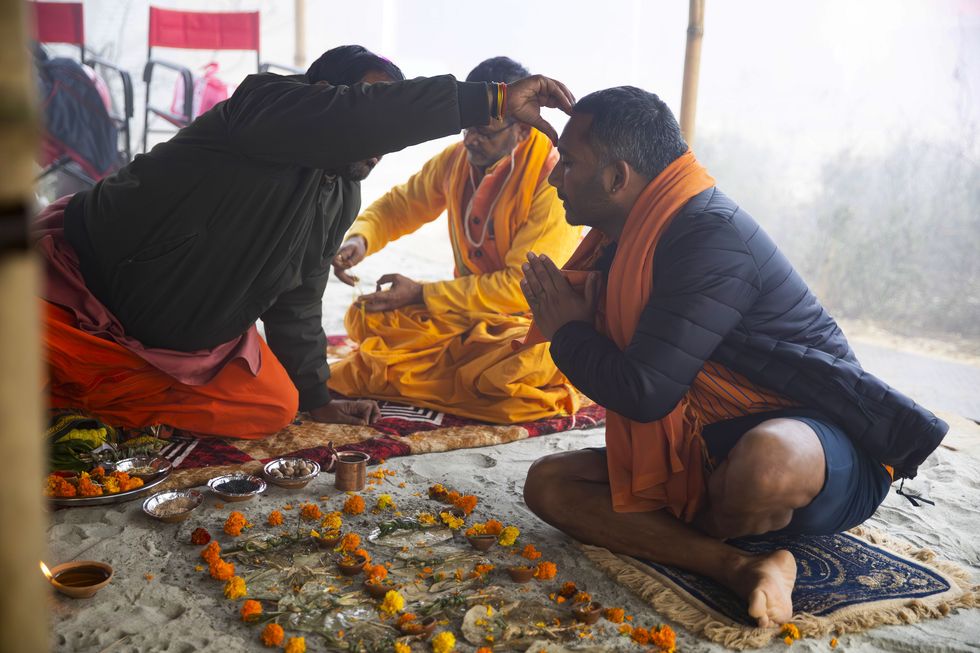 Rajan offers the pind daan in honour of his father and ancestors
Rajan offers the pind daan in honour of his father and ancestors 


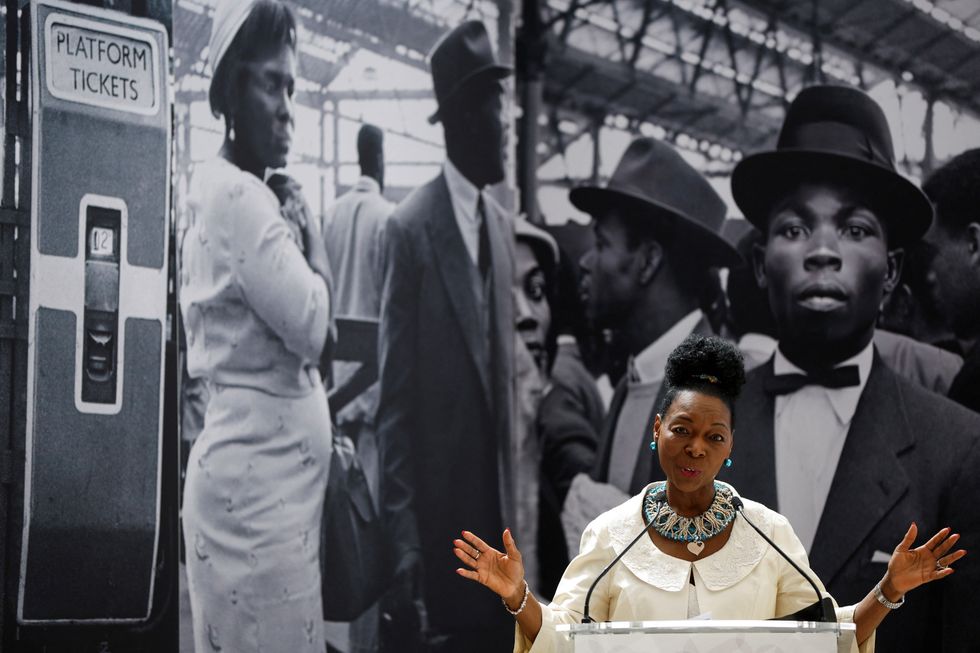 LONDON, ENGLAND - JUNE 22: Baroness Floella Benjamin speaks during the unveiling of the National Windrush Monument at Waterloo Station on June 22, 2022 in London, England. The photograph in the background is by Howard Grey. (Photo by John Sibley - WPA Pool/Getty Images)
LONDON, ENGLAND - JUNE 22: Baroness Floella Benjamin speaks during the unveiling of the National Windrush Monument at Waterloo Station on June 22, 2022 in London, England. The photograph in the background is by Howard Grey. (Photo by John Sibley - WPA Pool/Getty Images)
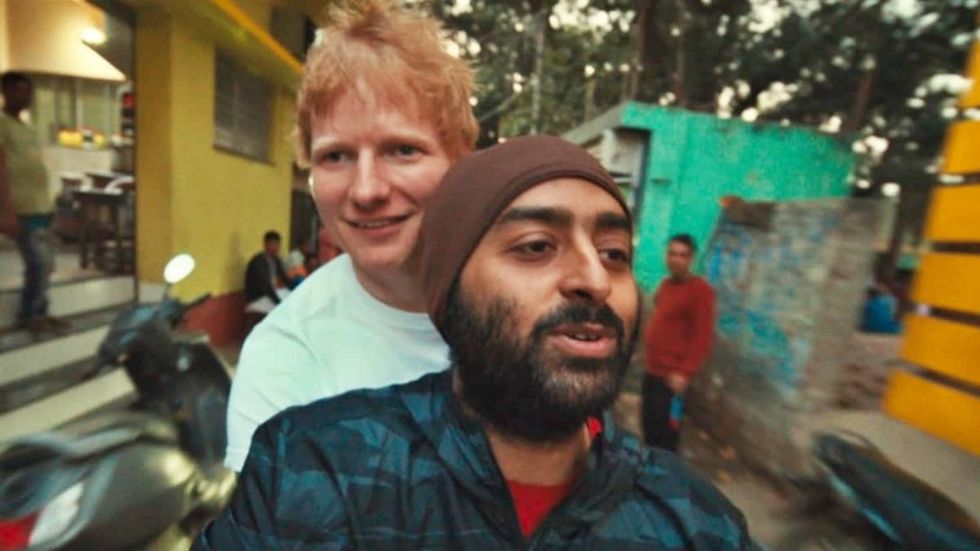 Ed Sheeran and Arijit Singh
Ed Sheeran and Arijit Singh Aziz Ansari’s Hollywood comedy ‘Good Fortune’
Aziz Ansari’s Hollywood comedy ‘Good Fortune’ Punjabi cinema’s power-packed star cast returns in ‘Sarbala Ji’
Punjabi cinema’s power-packed star cast returns in ‘Sarbala Ji’ Mahira Khan
Mahira Khan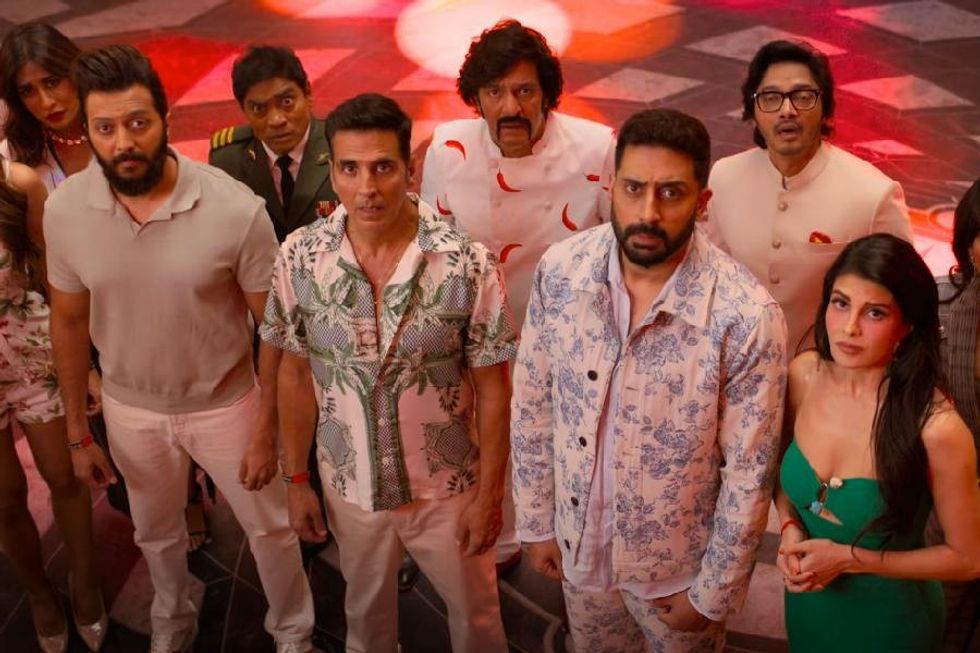 ‘Housefull 5’ proves Bollywood is trolling its own audience
‘Housefull 5’ proves Bollywood is trolling its own audience Brilliant indie film ‘Chidiya’
Brilliant indie film ‘Chidiya’  John Abraham
John Abraham Hina Khan and her long-term partner Rocky Jaiswal
Hina Khan and her long-term partner Rocky Jaiswal  Shanaya Kapoor's troubled debut
Shanaya Kapoor's troubled debut Sana Yousuf
Sana Yousuf